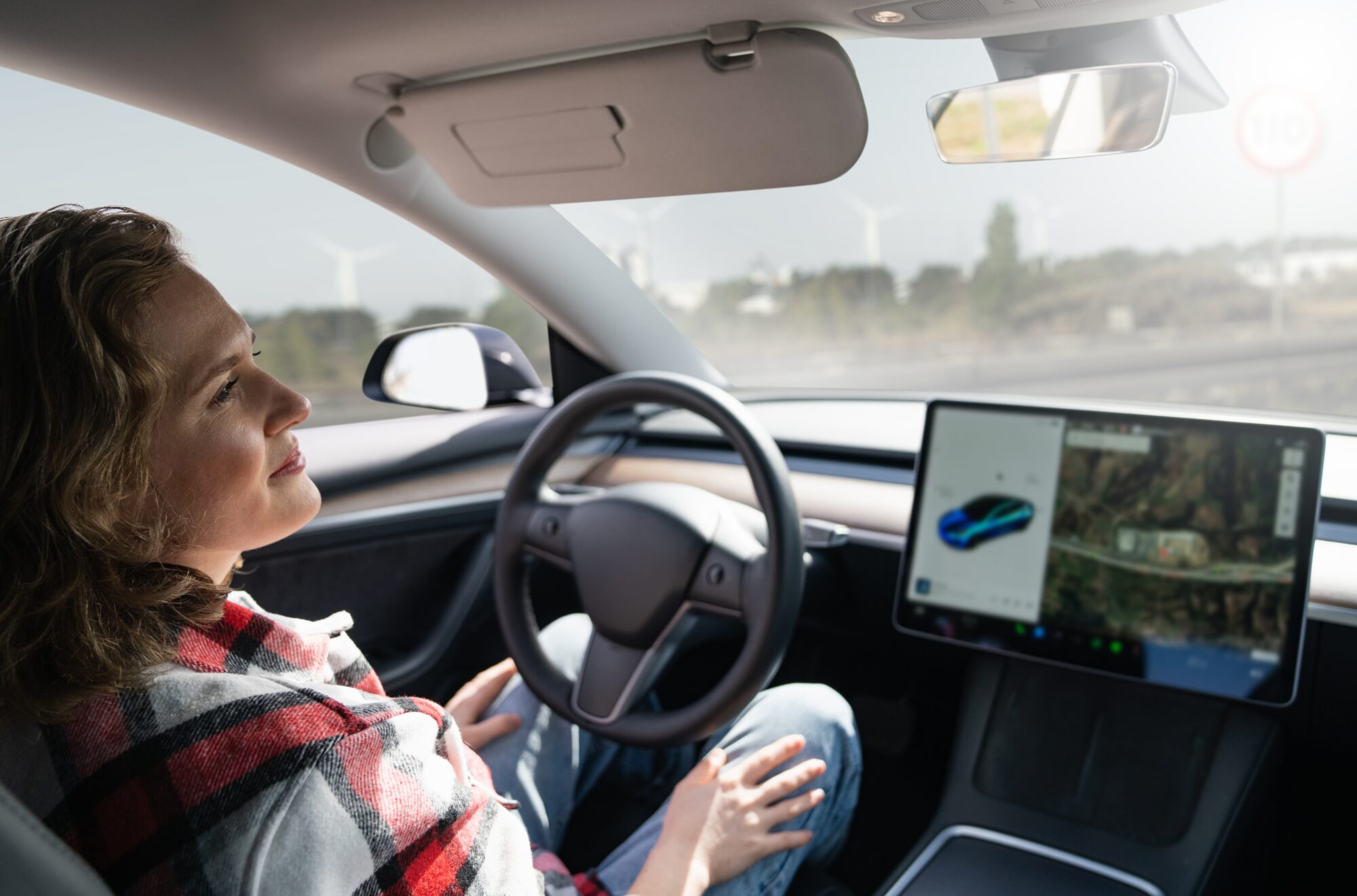Recent studies from the Insurance Institute for Highway Safety (IIHS) suggest that drivers using advanced automation features like Tesla’s Autopilot and Volvo’s Pilot Assist are becoming more distracted, not less. This goes against the common expectation that these features would help reduce accidents and increase road safety. Instead, they may be contributing to an increased risk of crashes, as drivers become too reliant on the technology to handle key tasks.

The Promise of Automation for Road Safety
When driver assistance systems were first introduced, there was hope that they would help reduce crashes by allowing cars to handle routine driving tasks—like staying in the lane or adjusting speed based on surrounding traffic. The assumption was that these features would assist drivers in making fewer mistakes and that the technology could improve overall safety on the roads.
However, the latest findings raise doubts about whether these systems are delivering on that promise. According to IIHS, drivers using these systems were distracted up to 30% more often than when driving unassisted(Planetizen)(Auto Connected Car). While the technology is meant to aid the driver, it’s clear that it’s also leading to a false sense of security and encouraging drivers to disengage from their primary responsibility—driving.
Why Are Drivers More Distracted with Automation?
One of the most surprising findings is that drivers quickly learn how to “cheat” these systems. For instance, many Tesla drivers learn how to give the steering wheel just enough nudges to avoid escalating attention warnings without actually paying full attention. Instead of focusing on the road, they might check their phones, eat, or perform other tasks. Over time, as drivers become more familiar with these systems, their tendency to engage in distracting activities increases(IIHS Crash Testing)(Carscoops).
As Joel Feldman, founder of EndDD.org, explains, “It’s easy to think that if the car can drive itself, we can let our guard down—but that’s a dangerous misconception. Staying attentive is still the driver’s responsibility, no matter how advanced the car’s technology is.”
The Reality: Distraction is Still a Leading Cause of Crashes
The link between distracted driving and road safety is well-established. Distracted driving—whether it’s from using a phone, eating, or engaging with in-car technology—is one of the leading causes of crashes in the U.S. While automation features aim to reduce the burden on drivers, the IIHS studies show they might be encouraging riskier behavior instead(Planetizen).
Key Findings:
- Drivers using partial automation systems like Autopilot are distracted more frequently than when driving manually.
- Many drivers “game” the system by making small steering wheel adjustments to prevent attention warnings, allowing them to engage in distractions like phone use.
- Over time, drivers tend to become more complacent and reliant on the system, leading to higher risk behaviors behind the wheel.
How Can Drivers Stay Safe?
Despite the convenience these systems offer, drivers need to remain fully engaged while on the road. Here are a few ways to ensure safety while using partial automation features:
- Stay alert: Automation does not eliminate the need for your attention. Keep your eyes on the road at all times.
- Understand your system: Know how your car’s driver-assistance features work and their limitations. Don’t assume the car can handle every situation.
- Avoid multitasking: Even if the car is managing the lane or speed, resist the urge to check your phone, eat, or engage in other distractions.
- Respond quickly to warnings: If your car alerts you to take control, do so immediately. Don’t rely on tricks to keep the system engaged without your attention.
The Bottom Line
While driver assistance technology has the potential to improve road safety, it’s clear that these features are not a substitute for an attentive driver. Advanced systems like Tesla’s Autopilot and Volvo’s Pilot Assist can help reduce the workload, but they must be used responsibly. Drivers must remember that staying focused on the road is critical to preventing accidents.
As Feldman emphasizes, “Technology can help us drive, but it can’t drive for us—not yet. We need to remember that distraction, in any form, can be deadly.”
Let’s all do our part to stay safe on the road, regardless of how much technology is helping us behind the wheel.



